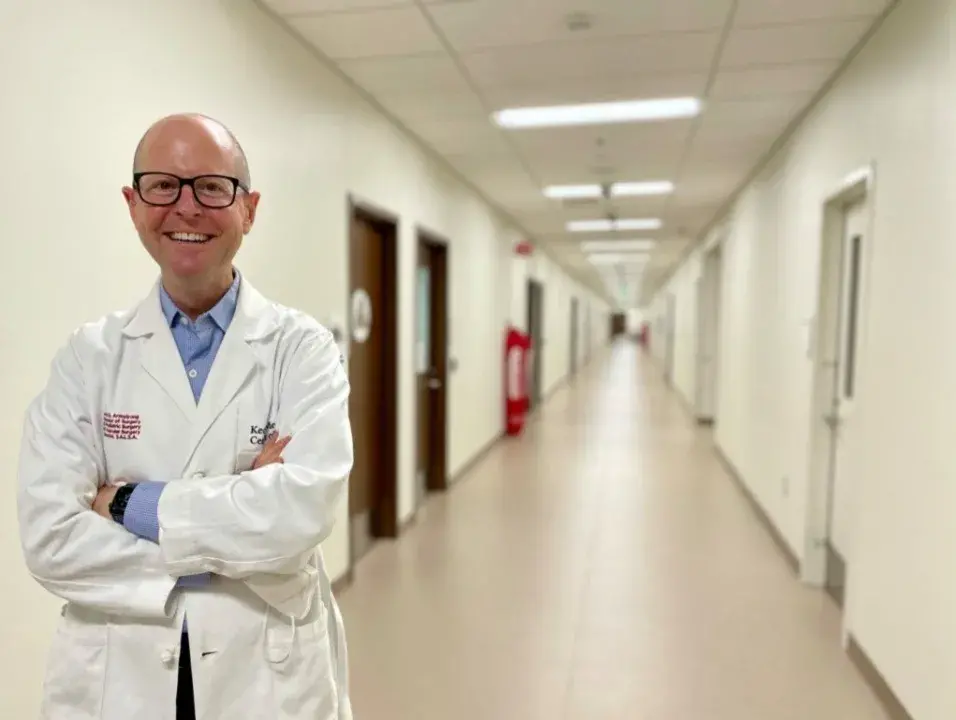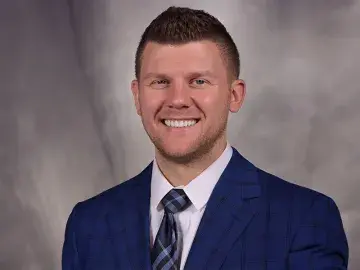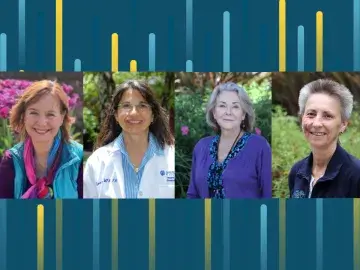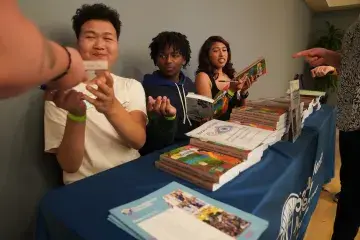Collaboration Is Key

Dr. David Armstrong Reflects on His Career in Diabetic Foot Care and His Training at the California School of Podiatric Medicine
“To see the change happening before our eyes … To see women and men coming up in this field with an interest in limb preservation, an interest to make a difference surgically, medically, mechanically, scientifically is just life-affirming.”
— Dr. David G. Armstrong
Dr. David G. Armstrong wants to eliminate preventable diabetic foot amputations within a generation. As a surgeon, researcher, and educator, Dr. Armstrong advocates for an interdisciplinary, team-oriented approach to diabetic foot care he calls “the toe and flow philosophy.”
Inspired by his father, noted California podiatrist Leo N. Armstrong, Dr. David Armstrong is now Professor of Surgery with Tenure at Keck School of Medicine at the University of Southern California, as well as founder and co-Director of the Southwestern Academic Limb Salvage Alliance (SALSA) and the founding co-Editor of the American Diabetes Association’s Clinical Care of the Diabetic Foot, now in its fourth edition.
Dr. Armstrong is well known for his years of work in diabetic wound healing and amputation prevention, with more than 600 peer-reviewed research articles and over 100 book chapters.
In conversation, Dr. Armstrong reflects on his vision, his inspirations, and the influence of his education at the California College of Podiatric Medicine.
How would you describe your mission?
Dr. David Armstrong:
“The largest idea would be that we have a significant interest in measuring and managing how people move through the world and helping those people do that. Right below that comes our interest in folks with this silent, sinister, humble, quiet disease that is diabetes. And within diabetes, you have the diabetic foot, which is a humble kind of an epidemic within an epidemic or within a pandemic. Our goal has been for the longest time to eliminate preventable amputation over the next generation.”
How did you set out on this path?
Dr. David Armstrong:
“Growing up with podiatry, one of the most attractive things that you hear about it is that someone could walk in hurting and walk out feeling better sometimes in the same day, which is unbelievable. It's so decidedly antithetical to everything in life or in medicine, that kind of instant gratification. And it really is true, and it's a super attractive thing about podiatric surgery. But it's funny that I sort of gravitated toward the polar opposite of that where I'm treating people that don't have what one of my mentors used to call ‘the gift of pain.’ So many of my patients now, their success is measured in millimeters and sometimes measured over months. And, so, it's a very different kind of phenomenon.”
“I've been really fortunate my entire career. I really had no excuses growing up with podiatry with my pop. You know, my dad passed away about 20 years ago, but I grew up seeing the difference he could make just in an individual practice. But in an academic one where I have world-class characters in every single discipline, well, it just becomes fun. Just because it’s fun doesn’t mean it’s not hard. It can be both fun and hard at the same time. I mean, I'm running into the OR here in a little bit, and it's actually with one of my colleagues who's a vascular surgeon and bringing that team approach together that's been nicknamed the toe and flow philosophy when you can bring a toe doctor like me together with a flow doctor, like a vascular surgeon, that covers a lot of the waterfront, surgically and medically. And then you surround that with really good primary care and other specialties, and well, you have a really good team.”
“And that seems like a quixotic kind of notion. But, you know, I think, just like Don Quixote, it's okay to be tilting at windmills when you have a Sancho Panza with you. If you have a team, it makes it a lot easier. You know Sisyphus pushing a rock up a hill? What if he wasn't just by himself? What if he had a partner? And that's this team effort. This is an inherently kind of team sport in taking care of people with diabetes in general and in limb preservation especially.”
How did your education at the California College of Podiatric Medicine help to shape your thinking?
Dr. David Armstrong:
“At CCPM, I think the women and men did learn the importance of a team approach from a very early age. And I think that was inculcated into us. And I think that kind of culture of collaboration is still there. One of my classmates was Eric Stamps. He's the dean at CSPM now, and I can't think of anyone more collaborative and interdisciplinary than him. You see these folks that you come up with along the way and that you trained and that CCPM/CSPM has interacted with, and that culture of interdisciplinarity, I think just diffuses through all of this.”
“I was so fortunate growing up to have that with my pop and working in the office as a kid, sweeping up, and making orthotics and things. He didn't go to CSPM. He went to New York College back in the day, in the late fifties, early sixties. When he came to California, one of the first things he did was associate himself with CSPM and he became a member of what was called CSPM Alumni and Associates. And I remember I was a student on that thing. And, of course, he then became CPMA — California Podiatric Medical Association President, and I got to serve there after him.”
“To have all these women and men that were great role models just made it so easy for me. I've had my entire life, my entire career. I've had no excuses but to pay it forward. And hopefully, that comes across with the folks that we get to mentor because I think that you can define success in different ways. But the real success I think comes with what I would call your personal progeny and then your professional progeny. And those are the women and men that you get to influence and help along the way. And in that context, I'll tell you what, I feel like I'm the luckiest toe doctor on the planet.”
*This interview has been edited and condensed for clarity*


